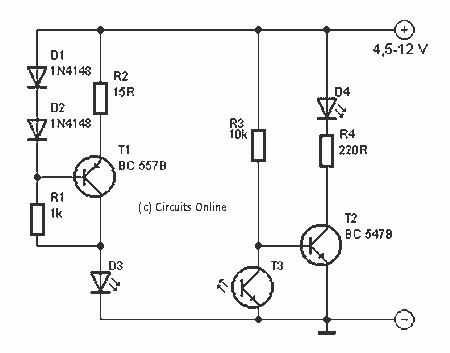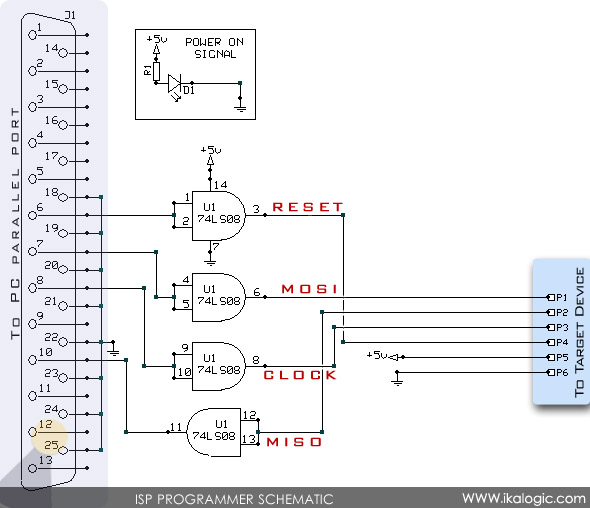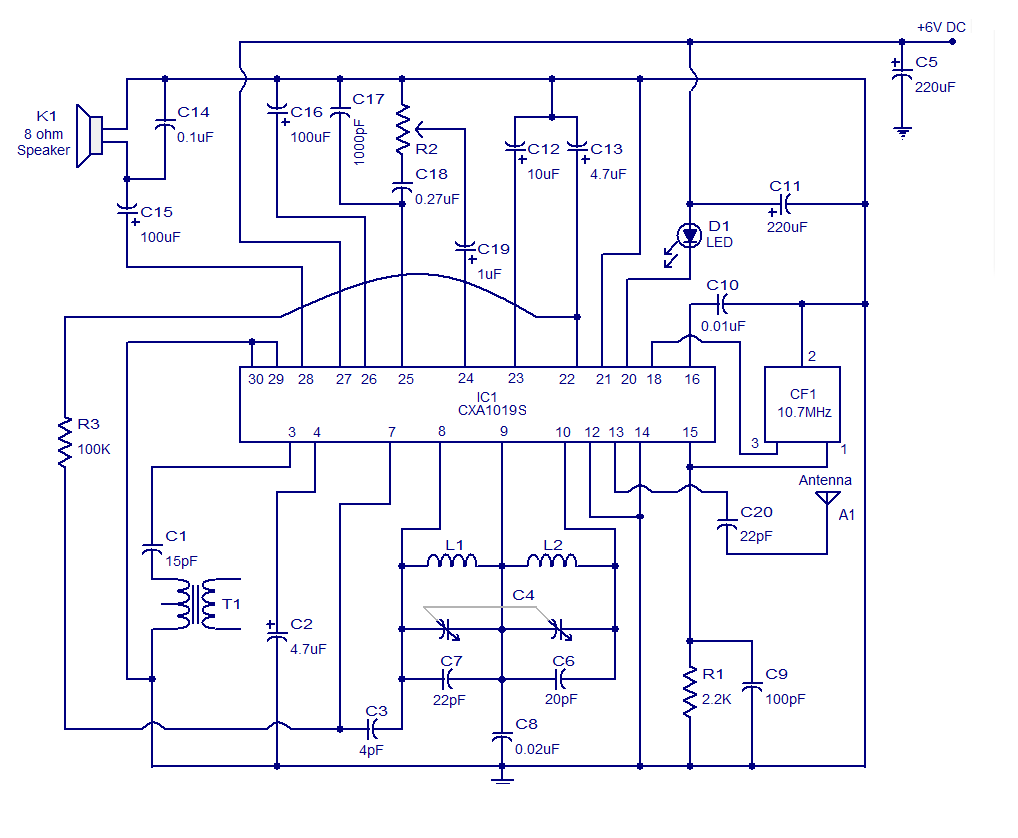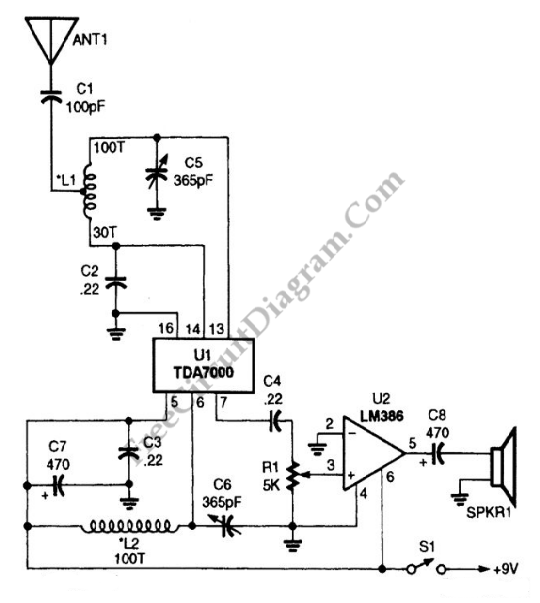
Triple/Dual/Single Mode CDMA LNA/Mixers Receiver System Requirements
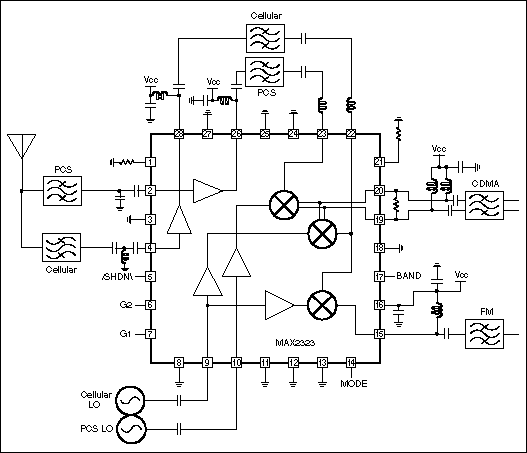
This technical note focuses on determining the system specifications of a CDMA receiver to establish practical specifications for a low noise amplifier and down converter.
The design of a CDMA (Code Division Multiple Access) receiver necessitates a comprehensive understanding of its system specifications, which are critical for the effective performance of associated components, such as a low noise amplifier (LNA) and a down converter. The specifications must account for various factors, including the desired signal-to-noise ratio (SNR), frequency range, and the required linearity of the LNA.
To begin with, the frequency range of the CDMA signals must be identified. CDMA systems typically operate within specific frequency bands, which vary based on regulatory requirements and the intended application. The LNA must be designed to amplify signals within this range while minimizing noise. The noise figure (NF) of the LNA is a crucial parameter, as it directly impacts the overall SNR of the receiver. A low NF is essential for enhancing the sensitivity of the receiver, allowing it to detect weaker signals in the presence of noise.
In addition to the LNA, the down converter plays a pivotal role in the receiver architecture. Its primary function is to shift the frequency of the received signal to a lower intermediate frequency (IF) that is more manageable for further processing. The specifications for the down converter should include parameters such as conversion gain, image rejection, and linearity. The conversion gain must be sufficient to maintain the integrity of the signal while ensuring that the output does not exceed the input range of subsequent processing stages.
Furthermore, the design process involves simulations and calculations to validate the performance of both the LNA and the down converter under various operating conditions. This includes assessing the impact of temperature variations, supply voltage fluctuations, and potential interference from other signals. The end goal is to achieve a robust receiver design capable of reliable performance in real-world scenarios, ensuring that the CDMA receiver meets the necessary standards for communication quality and efficiency.This technical note is focused on how to determine the system specification of a CDMA receiver in order to establish a practical specification for a low noise amplifier and down converter.. 🔗 External reference
The design of a CDMA (Code Division Multiple Access) receiver necessitates a comprehensive understanding of its system specifications, which are critical for the effective performance of associated components, such as a low noise amplifier (LNA) and a down converter. The specifications must account for various factors, including the desired signal-to-noise ratio (SNR), frequency range, and the required linearity of the LNA.
To begin with, the frequency range of the CDMA signals must be identified. CDMA systems typically operate within specific frequency bands, which vary based on regulatory requirements and the intended application. The LNA must be designed to amplify signals within this range while minimizing noise. The noise figure (NF) of the LNA is a crucial parameter, as it directly impacts the overall SNR of the receiver. A low NF is essential for enhancing the sensitivity of the receiver, allowing it to detect weaker signals in the presence of noise.
In addition to the LNA, the down converter plays a pivotal role in the receiver architecture. Its primary function is to shift the frequency of the received signal to a lower intermediate frequency (IF) that is more manageable for further processing. The specifications for the down converter should include parameters such as conversion gain, image rejection, and linearity. The conversion gain must be sufficient to maintain the integrity of the signal while ensuring that the output does not exceed the input range of subsequent processing stages.
Furthermore, the design process involves simulations and calculations to validate the performance of both the LNA and the down converter under various operating conditions. This includes assessing the impact of temperature variations, supply voltage fluctuations, and potential interference from other signals. The end goal is to achieve a robust receiver design capable of reliable performance in real-world scenarios, ensuring that the CDMA receiver meets the necessary standards for communication quality and efficiency.This technical note is focused on how to determine the system specification of a CDMA receiver in order to establish a practical specification for a low noise amplifier and down converter.. 🔗 External reference
